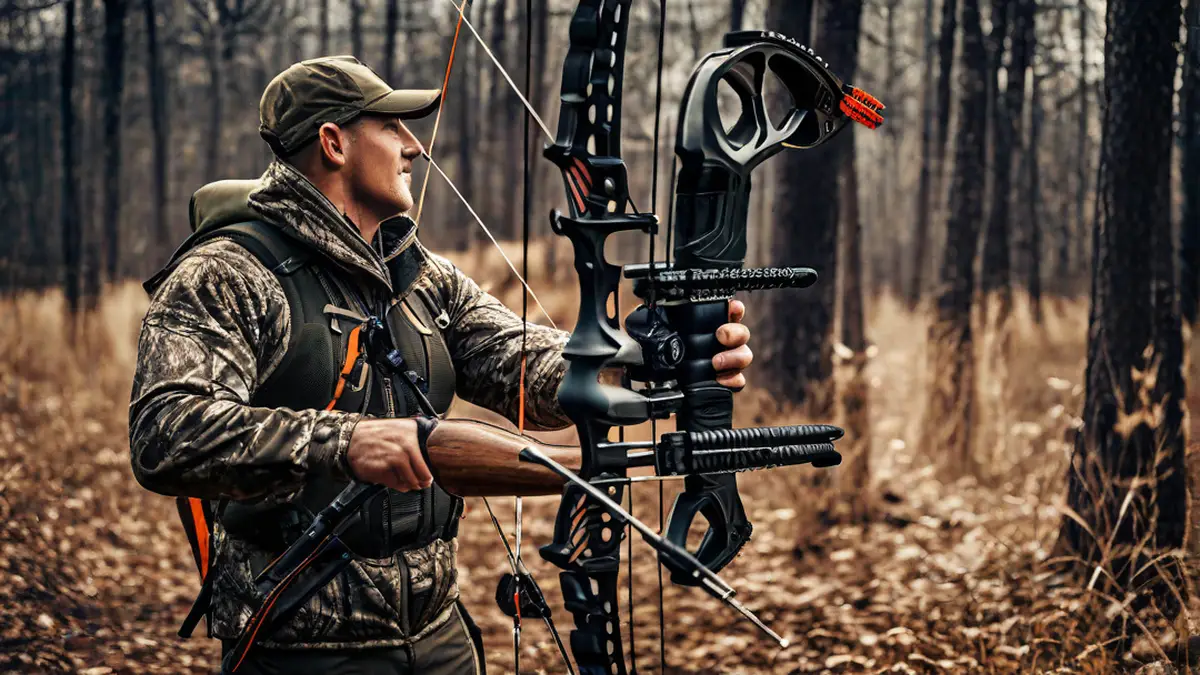When it comes to hunting, choosing the right equipment is crucial. And one of the most important pieces of equipment for any bowhunter is their compound bow. But with so many options on the market, finding the perfect one can be overwhelming. As an avid bowhunter myself, I understand the importance of choosing a compound bow that fits your needs and preferences. In this article, I will share my personal insights and provide a detailed guide on how to choose a compound bow for hunting.
Understanding the Basics
Before diving into the specifics of choosing a compound bow, it is important to understand the basics. A compound bow is a modern bow that uses a system of pulleys and cables to store and release energy. This mechanism allows for greater power and accuracy compared to traditional bows. Understanding the different components of a compound bow will help you make an informed decision:
- Riser: This is the central part of the bow where the limbs are attached.
- Limbs: These are the flexible parts of the bow that store and release energy.
- Cams: Cams are the wheels or pulleys at the end of the limbs. They are responsible for controlling the draw weight and let-off of the bow.
- Draw length: The draw length is the distance from the nock point on the bowstring to the grip when the bow is at full draw. It is important to choose a bow with a draw length that suits your body size and shooting style.
- Draw weight: The draw weight is the amount of force required to pull the bowstring back to full draw. It is crucial to choose a draw weight that you can handle comfortably.
- Axle-to-axle length: This refers to the distance between the axles that hold the cams on each limb. A shorter axle-to-axle length provides maneuverability, while a longer length offers stability.
Identify Your Hunting Style
Before buying a compound bow, it is important to consider your hunting style. Are you a tree stand hunter, or do you prefer spot and stalk hunting? Do you mostly hunt from a ground blind or open fields? Knowing your hunting style will help determine the specific features you need in a compound bow.
If you are a tree stand hunter, a shorter bow with a compact design may be more suitable. It allows for easy maneuverability in tight spaces. On the other hand, if you prefer spot and stalk hunting, a longer bow with a wider axle-to-axle length can provide increased stability for longer shots.
Try Before You Buy
When it comes to choosing a compound bow, nothing beats trying it out for yourself. Visit a local archery shop or attend a bowhunting expo to get hands-on experience with different models. This will allow you to test the draw weight, draw length, and overall feel of the bow. Remember, a comfortable and well-fitting bow will greatly improve your shooting accuracy and overall hunting experience.
Consider Your Budget
Compound bows come in a wide range of prices, so it is important to set a budget before diving in. While it may be tempting to go for the top-of-the-line model, it is not always necessary. There are plenty of budget-friendly options that offer great performance and reliability. Consider what features are most important to you and prioritize accordingly.
Conclusion
Choosing a compound bow for hunting is a personal and important decision. By understanding the basics of a compound bow, identifying your hunting style, trying before you buy, and considering your budget, you can make an informed choice that suits your needs. Remember, the right compound bow can greatly enhance your hunting experience and contribute to successful and ethical hunts. Happy hunting!
